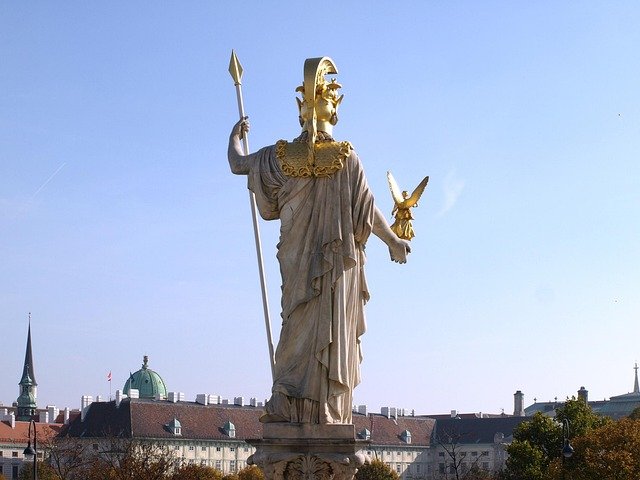
The Tale of the Harmonious Village
In a quaint village nestled between lush green hills, there existed a community known for its exceptional harmony. The villagers lived in sync with one another, sharing their resources, celebrating together, and resolving conflicts amicably. The air was always filled with laughter, and the sound of music resonated throughout the village.
The Arrival of the Stranger
One day, a stranger arrived in the village. He was a wandering minstrel, carrying a lute and a heart full of stories. The villagers welcomed him with open arms, eager to hear his tales and enjoy his music. The minstrel played songs that spoke of love, adventure, and the beauty of life, weaving a tapestry of sound that captivated everyone.
The Note of Discord
However, amidst the joyous melodies, the minstrel introduced a new song—a tune that was different from the harmonious rhythms the villagers were used to. It was a song filled with discord, a melody that clashed with the established harmony of the village. At first, the villagers were curious, but soon they found themselves divided. Some loved the new song, swaying to its unpredictable beat, while others felt uncomfortable and longed for the familiar harmony.
The Fractured Community
As days passed, the village became increasingly divided. Arguments erupted over which music should be played, and friendships that once flourished began to wither. The laughter that once echoed through the hills was replaced by tension and resentment. The harmony that had defined the village began to crumble, and the villagers realized that their once-united community was now fractured.
The Wisdom of the Elders
Seeing the turmoil, the village elders called for a gathering. They reminded the villagers of the importance of balance. “Harmony,” they said, “is not merely the absence of discord; it is the ability to embrace differences while maintaining unity. True harmony allows for diversity, but it requires understanding and respect.”
The elders proposed a solution: to create a new song that blended the minstrel's discordant tune with the village's traditional melodies. They encouraged the villagers to listen to one another, to find common ground, and to celebrate their differences rather than let them divide them.
The Birth of a New Harmony
With time, effort, and collaboration, the villagers composed a new song—a beautiful fusion of old and new. The minstrel’s tune found its place within the established melodies, creating a richer, more complex harmony. The village learned to appreciate the value of both tradition and innovation, and the laughter returned, stronger than ever.
The Lesson Learned
The tale of the harmonious village serves as a reminder that while harmony is a beautiful state to strive for, it is essential to recognize that true harmony embraces diversity. It teaches us that differences can coexist and that unity does not mean uniformity. In the end, harmony is not just about agreement; it is about understanding, respect, and the willingness to adapt.
Wisdom to Remember:
"True harmony is the art of blending differences into a beautiful melody, where every note has its place and purpose."

All images are taken from the Pixabay.com
Upvoted! Thank you for supporting witness @jswit.
Downvoting a post can decrease pending rewards and make it less visible. Common reasons:
Submit